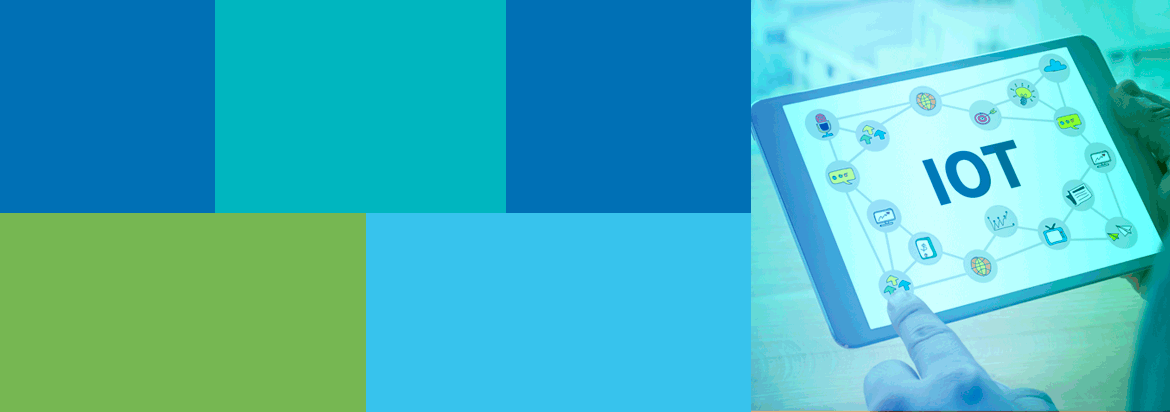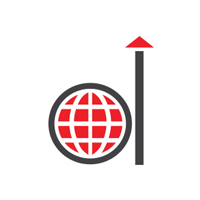The number of IoT devices could soar from nearly 3.8 billion in 2014 to 25 billion by 2020, Gartner forecast recently.
As the IoT ecosystem proliferates amid a convergence of the physical and digital spheres, unprecedented volumes of data around different aspects of business and consumer behavior are being generated. And, enterprises have stepped up efforts to use disruptive technologies such as Big Data, analytics, machine learning and artificial intelligence for unearthing actionable insights from this data, and reaping business benefits.

IoT use cases
The emerging applications of IoT are not confined to any particular vertical or function. Companies across industries today recognize the potential of IoT in helping them reimagine business models, beside enhancing productivity and operating efficiency. Let’s look at some of the real-world scenarios where enterprises can harness IoT in a tangible manner.
-
Manufacturing
: IoT can enable manufacturers to institutionalize “connected operations” for bolstering worker safety and optimizing equipment maintenance. Organizations can collect real-time data from “smart” equipment, integrate it with insights gleaned from their business systems, and gain granular visibility into operations for calibrating processes as required. For instance, process manufacturers can use IoT to track key operating parameters relating to their plant assets, and take proactive steps based on automatic triggering of alerts and related service responses. -
Automotive
: IoT is a critical cog in the “connected car” story, empowering auto makers and original equipment manufacturers (OEMs) to reimagine customer experience and unlock new revenue streams. Internet connectivity, GPS tracking features and vehicle-to-infrastructure (V2I) technology embedded into vehicles are now allowing drivers to figure out the best optimal route, get alerts for forward collision warning, traffic congestion and vacant parking space. -
BFS
: Banks and other financial services institutions can leverage sensor-equipped “smart” devices to gather, correlate and transfer customer data at scale, thereby monitoring and analyzing client requirements and behavior better. They can use these insights to personalize the customer experience through contextual marketing campaigns and targeted advice. As a case in point, banks can analyze IoT data to launch engaging customer reward programs, tailor cross-selling efforts, and provide location-specific discounts. -
Insurance
: Insurers are deploying IoT to create high-quality, dynamic customer risk profiles, by collecting real-time behavioral and contextual policyholder data. They are also building customized products based on a usage-based insurance (UBI) model that links premium discounts to individuals’ driving patterns. Another emerging use case lies in using IoT to roll out new services such as vehicle recovery, vehicle maintenance alerts and emergency road side assistance. -
Media & Entertainment
: Broadcasters and newspaper publishers are using subscriber data–including preferences, demographic, location and content consumption patterns–aggregated from various “smart” devices and systems to build 360-degree user profiles. Consequently, M&E companies are creating and provisioning bespoke content to individual customers across different screens. Delivering immersive experiences in sports, 3D, animation, gaming and video images is another area of IoT being applied in the industry, with advanced inertial, motion and image sensors facilitating increased customer engagement.


